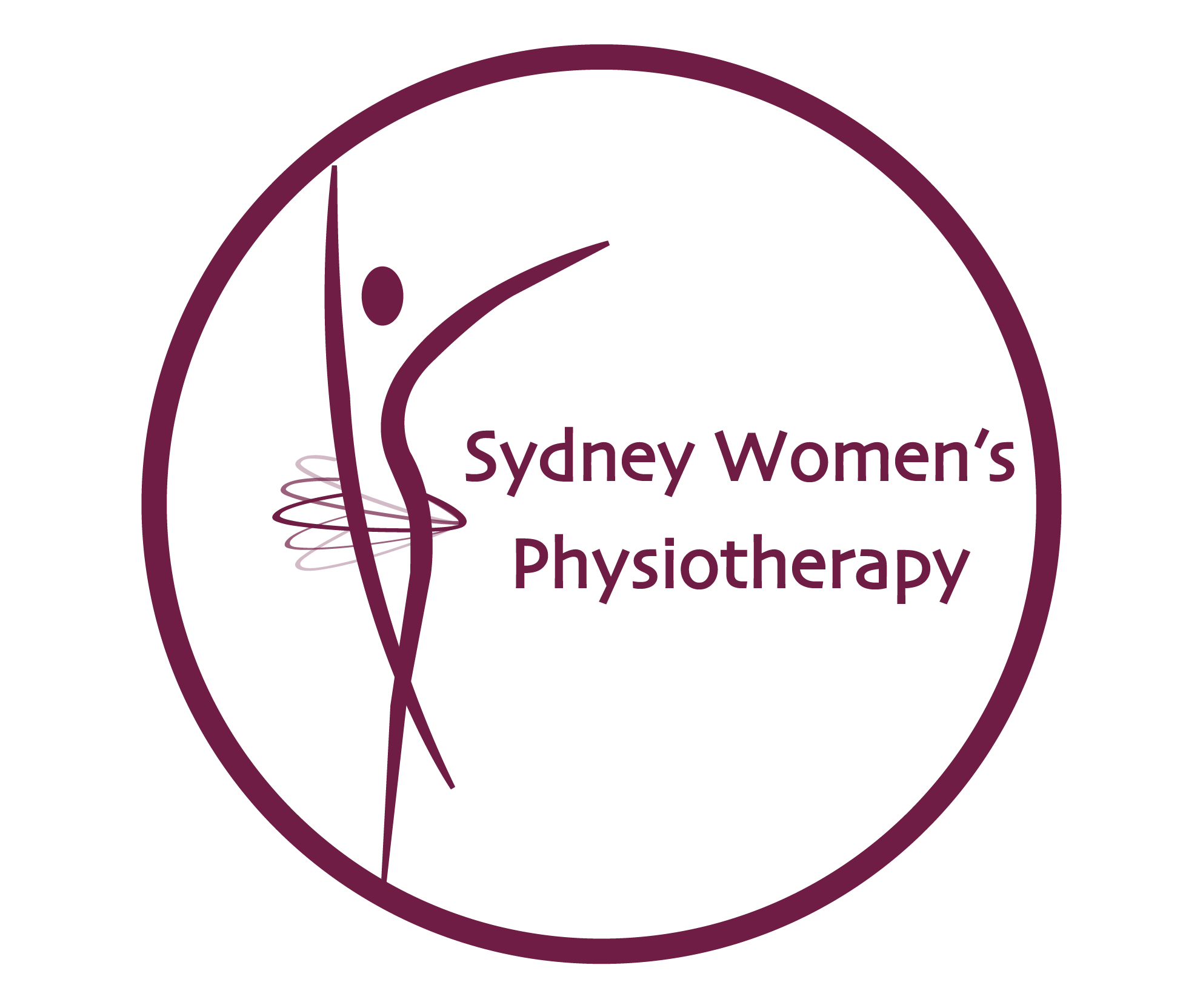Are you looking to get back into running after having a baby? Unsure of how long to wait or where to begin?
Studies have shown that it takes longer than we think for our bodies to heal after pregnancy. Research has found that it takes at least four to six months for the tissues including muscle, nerves and fascia around our pelvis to heal. (Shek et al. 2012, Stær-Jensen et al. 2015, as referenced in Goom et al. 2019)
Further to this the fascia around the abdominal muscles in women can take up to seven months to return to recover (Ceydeli et al. 2005, as referenced in Goom et al. 2019)
Note that even at these time frames, the strength of the pelvic floor muscles and abdominal fascia may not be to an optimal amount to return to running or high impact activity for some women. It is not simply about waiting out the allocated time frame and being ready to go back to certain activities.
That is where your Women’s Health physiotherapist is able to assess your pelvic floor, core and overall biomechanical function including your upper and lower limb strength and advise YOU specifically when it is SAFE for your body to return to high impact exercise.
This does not mean that any exercise is not appropriate in the post-natal period. At Sydney Women’s Physiotherapy we are able to guide you in a graduated return to exercise and provide you with the right type of exercise until your body is ready to get back into those higher impact activities.
Below is a checklist that is supported by evidence and research to ensure that you are SAFE to return to running and/or high intensity exercise –
- Have a pelvic floor assessment!!
- Make sure you have no ongoing pelvic girdle pain, low back pain or incontinence.
- Ensure you have adequate core strength including having separation attended to prior.
- Wait at least 3-6 months postpartum and get the green light from your pelvic floor Physiotherapist.
(Goom et al. 2019)
References
Goom, T., Donnelly, G., & Brockwell, E. (2019). Returning to running postnatal–guidelines for medical, health and fitness professionals managing this population. Absolute Physio.
Khunda, A., Shek, K. and Dietz, P. (2012) Can ballooning of the levator hiatus be determined clinically? ICS 206(3), 246.e1–246.e4.
Stær-Jensen, J., Siafarikas, F., Hilde, G., Benth, J.Š., Bø, K. and Engh, M.E. (2015) Postpartum recovery of levator hiatus and bladder neck mobility in relation to pregnancy. Obstet Gynecol 125, 531–539.
Ceydeli, A., Rucinski, J. and Wise, L. (2005) Finding the best abdominal closure: an evidence-based review of the literature. Curr Surg 62, 220–5.


